
Emergency medical services (EMS), also known as ambulance services or paramedic services, are emergency services that provide urgent pre-hospital treatment and stabilisation for serious illness and injuries and transport to definitive care. They may also be known as a first aid squad, FAST squad, emergency squad, ambulance squad, ambulance corps, life squad or by other initialisms such as EMAS or EMARS.

A paramedic is a healthcare professional trained in the medical model, whose main role has historically been to respond to emergency calls for medical help outside of a hospital. Paramedics work as part of the emergency medical services (EMS), most often in ambulances. They also have roles in emergency medicine, primary care, transfer medicine and remote/offshore medicine. The scope of practice of a paramedic varies between countries, but generally includes autonomous decision making around the emergency care of patients.

An emergency department (ED), also known as an accident and emergency department (A&E), emergency room (ER), emergency ward (EW) or casualty department, is a medical treatment facility specializing in emergency medicine, the acute care of patients who present without prior appointment; either by their own means or by that of an ambulance. The emergency department is usually found in a hospital or other primary care center.
A medical director is a physician who provides guidance and leadership on the use of medicine in a healthcare organization. These include the emergency medical services, hospital departments, blood banks, clinical teaching services, and others. A medical director devises the protocols and guidelines for the clinical staff and evaluates them while they are in use.

A paramedic is a healthcare professional, providing pre-hospital assessment and medical care to people with acute illnesses or injuries. In Canada, the title paramedic generally refers to those who work on land ambulances or air ambulances providing paramedic services. Paramedics are increasingly being utilized in hospitals, emergency rooms, clinics and community health care services by providing care in collaboration with registered nurses, registered/licensed practical nurses and registered respiratory therapists.
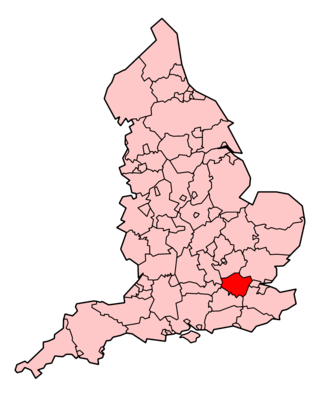
The London Ambulance Service NHS Trust (LAS) is an NHS trust responsible for operating ambulances and answering and responding to urgent and emergency medical situations within the London region of England. The service responds to 999 phone calls across the region, and 111 phone calls from certain parts, providing triage and advice to enable an appropriate level of response.
A Paramedic in Australia is a health care professional who holds a minimum of a Bachelor's Degree in Paramedicine and is registered with the Paramedicine Board of Australia via the Australian Health Practitioners Regulation Agency (AHPRA) As of December 2021, there are over 22,500 registered paramedics in Australia, of which approximately 70% (15,750) work for a jurisdictional service, and of which 47% of which are female. Paramedics in Australia may undergo further training and complete a Master's Degree to specialise in either Intensive Care or Primary Care medicine.

NSW Ambulance, previously the Ambulance Service of NSW, is an agency of NSW Health and the statutory provider of pre-hospital emergency care and ambulance services in the state of New South Wales, Australia.
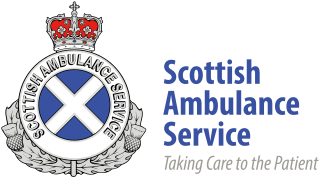
The Scottish Ambulance Service is part of NHS Scotland, which serves all of Scotland's population. The Scottish Ambulance Service is governed by a special health board and is funded directly by the Health and Social Care Directorates of the Scottish Government.

The Welsh Ambulance Services NHS Trust is the national ambulance service for Wales. It was established on 1 April 1998 and as of December 2018 has 3,400 staff providing ambulance and related services to the 3 million residents of Wales.

Emergency Health Services (EHS) is a branch of the Nova Scotia Department of Health tasked with providing emergency medical services. It is also responsible for transportation of patients between hospitals and medical facilities. At present, all ground ambulance and air ambulance service in Nova Scotia is contracted by EHS to Emergency Medical Care (EMC), a subsidiary of Medavie Health Services.

Yorkshire Ambulance Service NHS Trust (YAS) is the NHS ambulance service covering most of Yorkshire in England. It is one of ten NHS Ambulance Trusts providing England with emergency medical services as part of the National Health Service it receives direct government funding for its role.

Emergency medical personnel in the United Kingdom are people engaged in the provision of emergency medical services. This includes paramedics, emergency medical technicians and emergency care assistants. 'Paramedic' is a protected title, strictly regulated by the Health and Care Professions Council, although there is tendency for the public to use this term when referring to any member of ambulance staff.
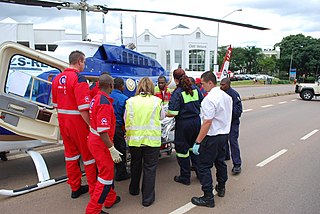
Emergency medical services in South Africa are a public/private system aimed at the provision of emergency ambulance service, including emergency care and transportation to hospital.

The British Association for Immediate Care (BASICS) is an organisation which has the stated aim to encourage and aid the formation and extension of immediate care schemes. The British Association for Immediate Care was founded as a charity in 1977 and combines bringing people together who have an interest in pre-hospital immediate care with supporting and promoting regional and local immediate care schemes across the UK.
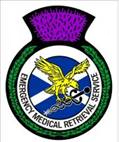
The Emergency Medical Retrieval Service (EMRS) is part of ScotSTAR retrieval service. The EMRS provides aeromedical critical care retrieval and pre-hospital care to people in Scotland in the form of two retrieval teams. The service provides patients in remote and rural areas with rapid access to the skills of a consultant or senior doctor in emergency medicine, intensive care medicine or anaesthesia, and facilitates transfers to larger, better equipped urban hospitals. The EMRS functions supplementary to the regular Scottish Ambulance Service Air Ambulance service. Unlike air ambulance services in other parts of the UK, EMRS has no dedicated aircraft but both EMRS North and West are funded by the Scottish Government. The EMRS has featured on the Channel 5 documentary series Highland Emergency, which charts the work of rescue services in the Scottish Highlands.
The West Midlands Central Accident, Resuscitation & Emergency (CARE) team is a charitable organisation who respond to serious medical incidents within the West Midlands, UK. Working in teams alongside West Midlands Ambulance Service, volunteer doctors, nurses and other healthcare professionals deliver enhanced critical care to seriously injured and unwell patients.
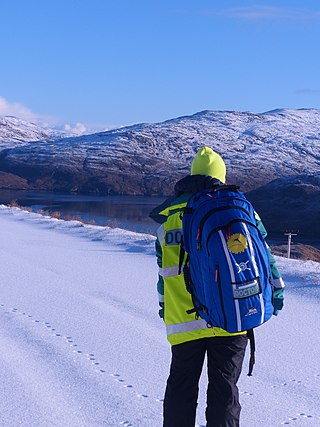
Pre-hospital emergency medicine, also referred to as pre-hospital care, immediate care, or emergency medical services medicine, is a medical subspecialty which focuses on caring for seriously ill or injured patients before they reach hospital, and during emergency transfer to hospital or between hospitals. It may be practised by physicians from various backgrounds such as anaesthesiology, emergency medicine, intensive care medicine and acute medicine, after they have completed initial training in their base specialty.

The British Association for Immediate Care Scotland is an organisation involved with prehospital care. It has the aims of providing encouragement and aid with the formation of immediate care schemes and to provide training to support those working in prehospital care. It shares its origins with the British Association for Immediate Care (BASICS), which has UK wide coverage. In 1993, the British Association for Immediate Care began running prehospital care courses in Scotland, which were met with a warm welcome and it became clear there was a large audience for such education, especially in remote and rural areas of Scotland. This need for training and organisational leadership became clearer after the 1994 Scotland RAF Chinook crash on the Mull of Kintyre. This led to the training provided by BASICS to be modified for a more rural setting, and to the development of BASICS Scotland as a separate organisation in 2002.

The Prehospital Immediate Care and Trauma (PICT) Team is a prehospital care team which operates from Raigmore Hospital emergency department in Inverness, Scotland. It receives funding from NHS Highland, BASICS Scotland and the Scottish Trauma Network.
















